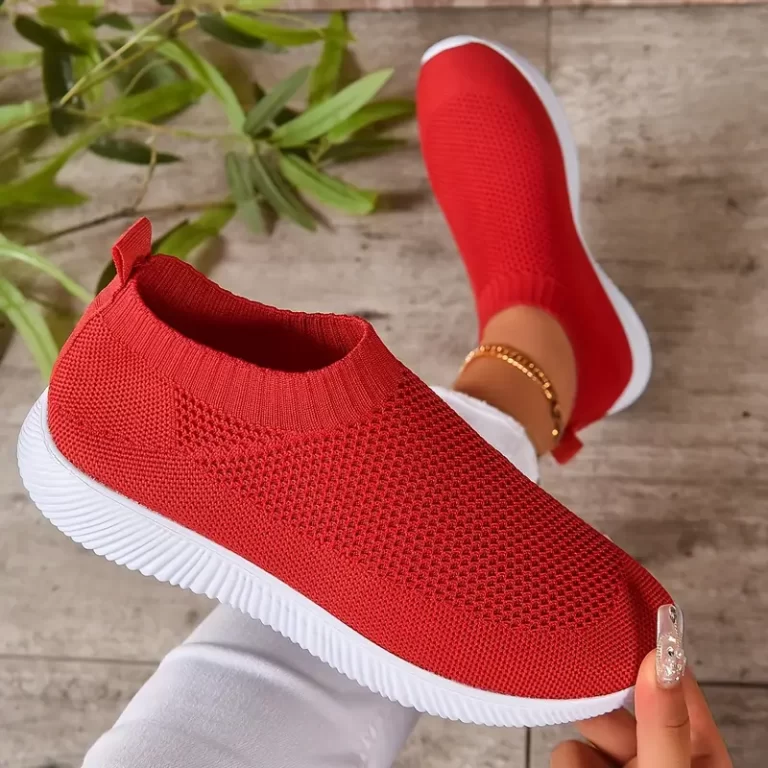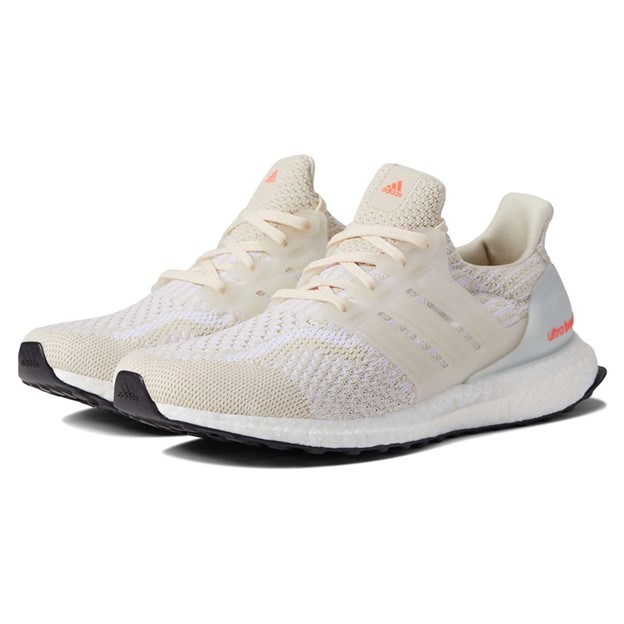Importance of Selecting Proper Tennis Shoes
Selecting the right tennis shoes is crucial for any player. The ideal pair supports your feet, improves stability, and boosts performance. It can also prevent common injuries related to tennis. An improper fit or unsuitable shoe type can lead to discomfort. This can affect your focus and game quality. Quality tennis shoes contribute to agility on the court. They provide the necessary grip and allow quick and safe direction changes. Good tennis shoes also absorb shock, reducing stress on your ankles and knees. They cater to the specific demands of tennis movements. This helps in executing powerful serves or swift baseline runs. Lastly, the right shoes enhance comfort during long matches. They help maintain energy levels and prevent fatigue. Keep these points in mind when choosing footwear for your next game.
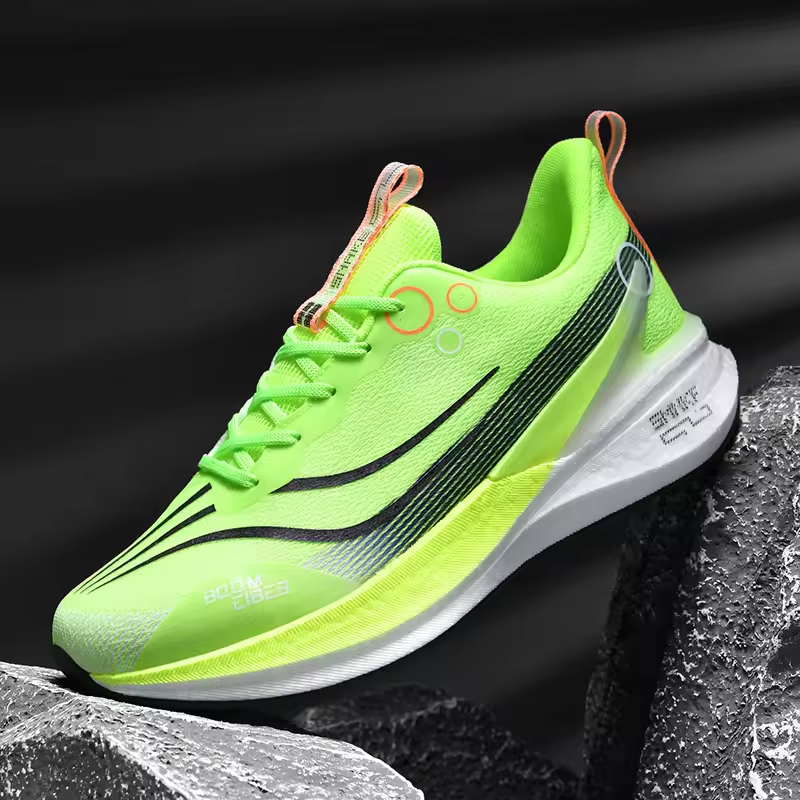
Different Types of Tennis Court Surfaces and Corresponding Shoes
When selecting tennis shoes, consider the court surface. Different surfaces impact movement and require specific footwear. Let’s look at the main types of tennis court surfaces and the shoes best suited for each.
Hard Courts
Hard courts are common. They can be tough on shoes and feet. Shoes for hard courts need durability. Look for outsoles with good tread patterns for grip. They should also have a sturdy upper to handle the surface’s abrasiveness.
Clay Courts
Clay courts allow for sliding and require lateral support. For clay courts, choose shoes with herringbone tread patterns. This design prevents clay from clogging the soles. Also, seek lighter shoes for better movement.
Grass Courts
Grass courts are slippery. Shoes with pimples or small nubs on the soles offer better traction. They should also have a flat sole to avoid damaging the court. Opt for shoes with good lateral support to prevent ankle rollover.
Carpet Courts
Indoor carpet courts are rare. But for these, look for a smooth sole that won’t damage the carpet. Your shoes should provide good support and allow for quick movements.
The right choice in tennis shoes ensures safety, comfort, and improved game performance. Match your shoes to the court type to elevate your play.
Key Features to Look for in Tennis Shoes
When you’re on the hunt for new tennis shoes, there are several key features you should eye. These features not only enhance performance but also ensure longevity and comfort. Here’s what to keep in mind:
Durability
Good tennis shoes withstand the wear and tear of intense games. Check the shoe’s outsole and toe area. These should be robust and resistant to abrasion, especially if you play on hard courts often.
Support
Your shoes need to provide excellent support to prevent injuries. Look for features like a reinforced heel counter and sturdy side construction. These can help secure your foot during quick lateral movements.
Traction
Traction prevents slips and falls. It’s vital to have a sole that grips the court well. This is crucial for all types of surfaces from hard to grass courts. Ensure the tread pattern suits your play surface.
Flexibility
A flexible shoe allows your foot to bend naturally. This is especially important for executing swift changes in direction.
Breathability
Shoes that allow air flow can keep feet cooler and reduce sweat. This can be a comfort game-changer during long matches and on hot days.
Weight
Lightweight shoes may improve your speed and agility. But ensure they don’t compromise on support and durability.
Comfort
Lastly, comfort is key. A good fit, cushioning, and soft materials inside the shoe can make a big difference.
Focusing on these features helps ensure that your tennis shoes match your needs. They can protect you from injury and even enhance your performance on the court.
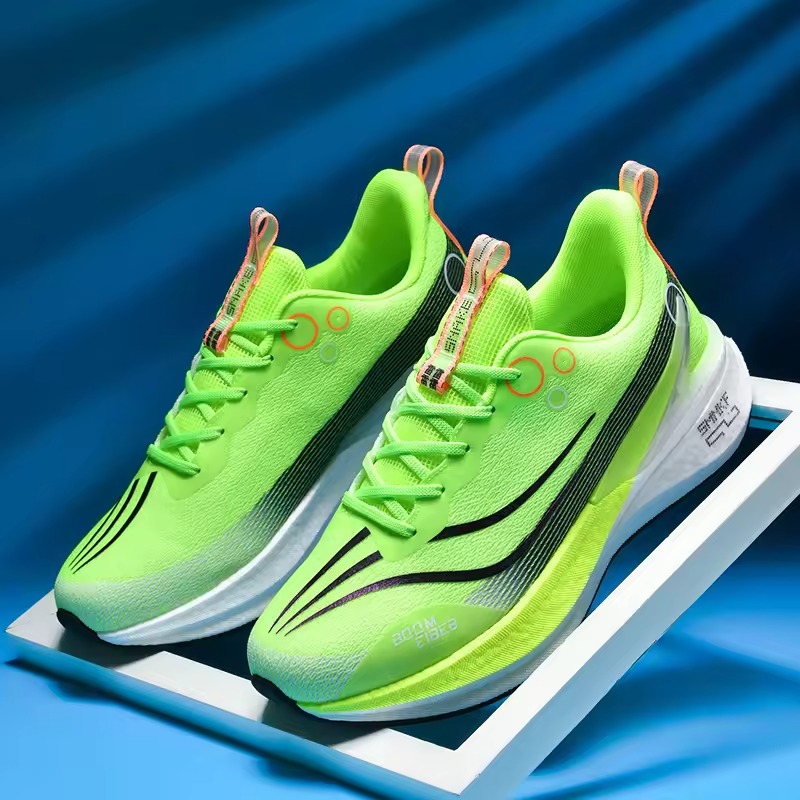
How to Determine the Perfect Fit for Your Feet
Finding the perfect fit for your tennis shoes is essential for comfort and injury prevention. Here are practical steps to ensure your shoes fit correctly:
Measure Your Feet
Measure your feet regularly. Feet can change in size and shape over time. Make sure to measure at the end of the day when your feet are largest.
Check the Shoe Size
When trying on tennis shoes, check that there is a thumb’s width of space in the toe box. This space allows for foot movement during play.
Try on Both Shoes
Always try on both shoes with the socks you’ll wear for playing. This will give you the truest fit for your tennis game.
Walk Around
Walk around to get a feel for the shoes. Pay attention to any pressure points or slipping at the heels.
Perform Tennis Movements
Perform movements you would do on the court. This includes lateral moves and quick sprints. It ensures the shoes provide comfort during actual play.
Assure Snug Midfoot
Ensure the midfoot area feels snug but not tight. This part of the shoe should hold your foot firmly during directional changes.
Confirm Adequate Arch Support
Check for adequate arch support, tailored to your foot’s needs. Proper support can prevent many foot-related problems.
Evaluate the Lacing System
The lacing system should allow for a secure fit without pinching. Evaluate its ease of tightening and whether it stays put during movement.
Properly fitted tennis shoes not only enhance your performance. They also prevent blisters, cramped toes, and other foot issues. Take the time to select a pair that fits well. Your feet—and your game—will thank you for it.
The Role of Shoe Cushioning and Support in Performance
Proper cushioning in tennis shoes absorbs impact. This helps reduce stress on your joints. Support is also vital. It stabilizes your feet during quick movements. Together, cushioning and support can boost your performance. They allow you to move efficiently on the court.
Good cushioning comes from the shoe’s midsole. It is the layer that softens the force when your feet hit the ground. Look for a midsole that gives a balance of softness and bounce. This helps in regaining energy after each step.
Support in tennis shoes focuses on the foot’s arch and sides. It aids in preventing your foot from rolling during play. Reinforced sides in the shoe give lateral stability. This is crucial when making fast side-to-side movements.
The heel counter, found at the back of the shoe, is another support feature. A strong heel counter holds the heel in place. It reduces the chance of ankle sprains. Ideal tennis shoes will have a snug fit in the heel area. But they will not pinch or cause discomfort.
In summary, cushioning and support are cornerstones for tennis shoes. They can significantly influence your game’s quality and safety. Quality tennis shoes provide the necessary support and cushioning. This results in improved stability, safety, and enhanced playing experience. Consider these factors when choosing your next pair of tennis shoes. They could be the difference between good and great play.
Top Tennis Shoe Brands and Models Reviewed
When seeking the best tennis shoes, brand and model matter. Top sports brands have dedicated research to develop shoes that meet the demands of tennis players. Here are reviews of some leading tennis shoe brands and their popular models.
Nike
Nike is synonymous with athletic footwear. For tennis shoes, they offer models like the Nike Air Zoom Vapor. It combines durability, support, and speed. It’s a favorite among professionals for its responsive cushioning and dynamic fit.
Adidas
Adidas has a reputation for high-quality tennis shoes. The Adidas Barricade boosts durability and stability. It’s designed for aggressive movers and provides excellent midfoot support.
Asics
Asics tennis shoes are known for comfort and support. Their Asics Gel-Resolution series is a top choice. These shoes provide great cushioning and are designed to handle quick lateral movements.
Wilson
Wilson specializes in tennis gear, and their shoes are no exception. The Wilson Rush Pro offers superb traction and durability. Its design caters to players needing quick acceleration and stability.
New Balance
New Balance offers customized fits with their selection of tennis shoes. The New Balance Fresh Foam Lav is designed for plush comfort. It provides great stability for all types of play.
These brands consistently innovate to bring forth tennis shoes that stand out. Their models are tested and trusted by players at all levels. When shopping, try on different brands and models. Remember to check for the key features we discussed. Choose a pair that fits well and supports your style of play.
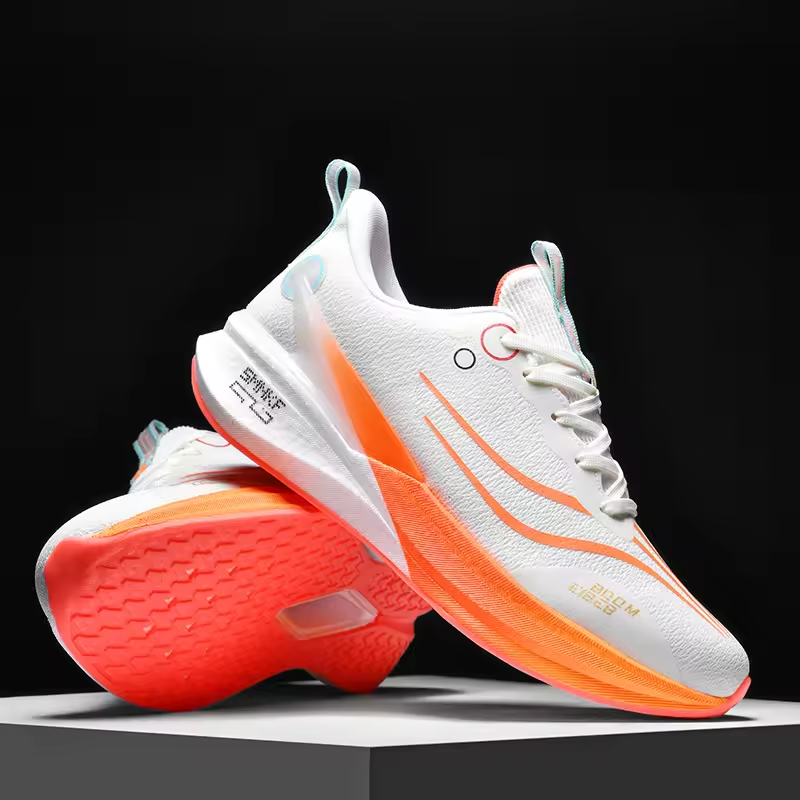
Maintenance Tips to Extend the Life of Your Tennis Shoes
Proper care for your tennis shoes can extend their lifespan. Here are some tips to keep them in top shape:
Keep Them Clean
Dirt and grime can wear down your shoes. After each game, remove loose dirt with a soft brush or cloth. For tough stains, use a gentle, soapy solution and rinse well.
Dry Them Properly
Moisture is the enemy of shoes. Never dry them near a heater or in direct sunlight. Instead, let them air dry. If they’re very wet, stuff them with newspaper to absorb the moisture.
Rotate Your Shoes
If possible, rotate between two pairs of tennis shoes. This gives each pair time to air out and regain their shape between uses.
Use Them Only for Tennis
Tennis shoes are designed for the court, not for running or other activities. Using them only for tennis will prevent unnecessary wear.
Replace Insoles as Needed
Insoles wear out and lose their cushioning. Replace them regularly for comfort and support.
Store Them Correctly
Store your shoes in a cool, dry place away from direct heat. This will help maintain their shape and material integrity.
By following these simple maintenance tips, you can help your tennis shoes last longer. This will save you money and keep your feet protected on the court.
When to Replace Your Tennis Shoes
Knowing when to replace your tennis shoes is vital for your game and foot health. Here’s how to know it’s time for a new pair:
Check for Wear and Tear
Look at the soles. If you see a worn-out tread or flat spots, it’s time for new shoes. Uppers showing significant wear also indicate replacement time.
Feel Your Comfort Levels
If your shoes start to feel less comfortable or supportive, they may be worn out. Don’t wait for pain or discomfort to increase before switching to new shoes.
Assess Shoe Cushioning
Press the midsole with your thumb. If it feels hard or doesn’t bounce back, the cushioning is likely compressed. Fresh shoes will give better shock absorption.
Note Your Performance
If you find your movements are off or you’re slipping more, your tennis shoes might be to blame. Proper grip and support are crucial for peak performance.
Track the Mileage
Tennis shoes have a play-life. After 45 to 60 hours of court time, consider assessing them for replacement. This varies with play intensity and surface type.
Listen to Your Body
Pay attention to aches and pains in your feet, legs, and back. These can be signs of inadequate support from old shoes. New shoes can help alleviate these issues.
Be Proactive
Don’t wait for your shoes to fall apart. Be proactive and replace them regularly to maintain top game performance and avoid injuries.
Regularly assessing your tennis shoes for these signs will save you from discomfort and possible injury. Staying on top of your shoe’s condition lets you play your best tennis every match.
